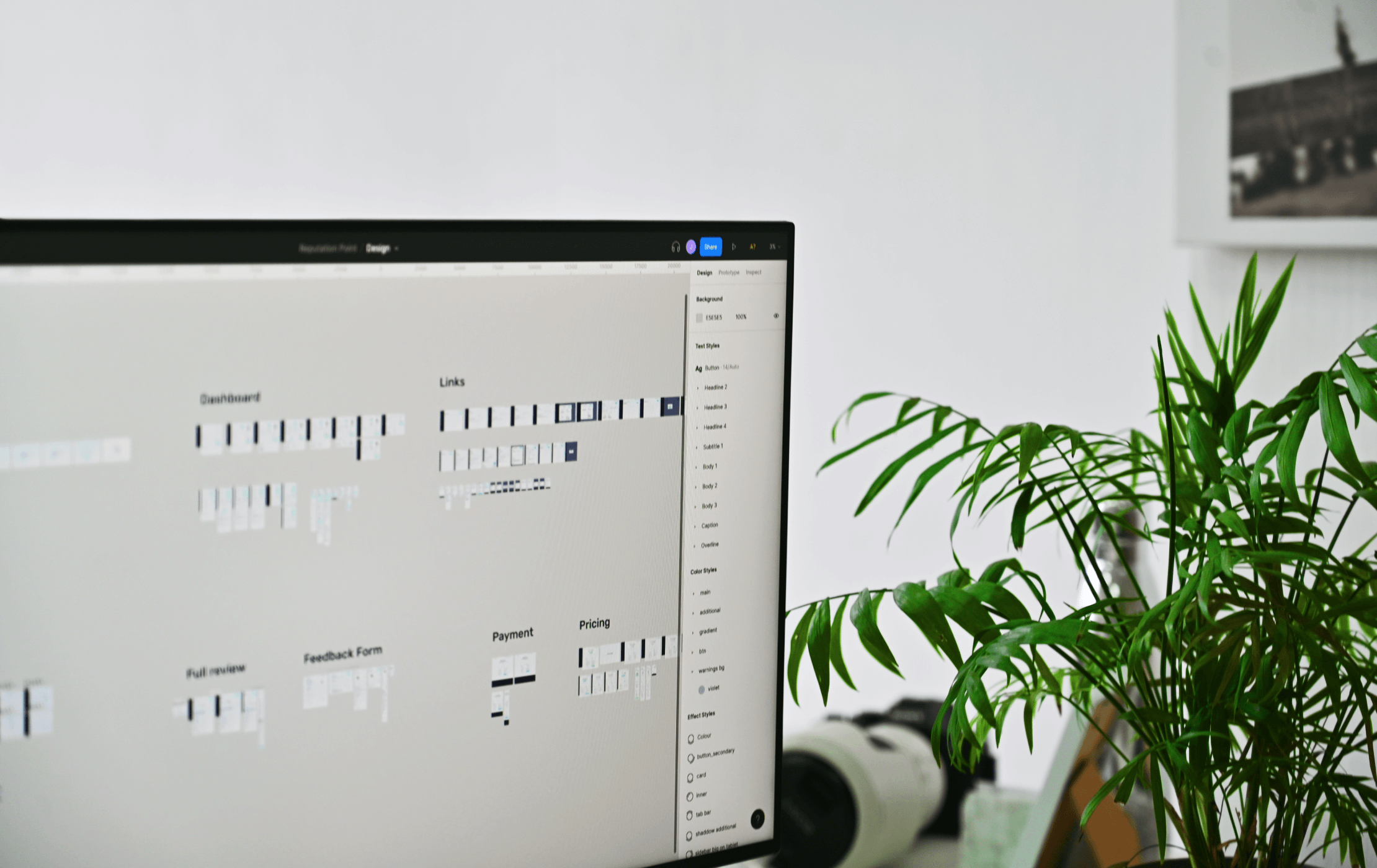
Choosing Effective Law Office Technology for Your Tasks And Needs
Co-authored by: caseresearch.ai
Nowadays, technology adoption has become a formula for survival for many businesses. But there are also hard-liners who keep trotting out all the same excuses for not going digital. And legal is among those transformation-reluctant industries.
They say “it’s complex”, “it’s time- and resource-consuming”, or “it dents tried-and-tested internal processes.” But, aren’t those excuses valid?
Technologies are becoming more powerful in optimizing businesses; that’s true. But they are also becoming more complicated than ever. And how nice would it be to use legal tech tools that are as effective and simple as iPhone apps?
Law office technology adoption is complex; so don’t go it alone

Legal firms — especially, small and medium-sized — treat tech adoption with caution for different reasons, from the low priority of innovation to the unclear ROI. But there’s one interesting study that also takes into account “human” factors.
Having surveyed 4200 businesses, they identified 3 common corporate philosophies that get in the way of effective digital transformation:
- “Our current processes are good enough, so we’d rather stick to them.”
- “It’s a risky initiative and incurs short-term losses.”
- “There are so many options — it’s difficult to compare, understand, and choose one.”
Does any of them sound familiar to you?
Having your internal processes run like a well-oiled machine is a good thing. But technologies can make this machine even faster and more productive with fewer resources. And although innovation does cost money, it pays off in spades in the long term. Yet, such an outcome is impossible without syncing technology with the business goals of your law firm. And let’s face it, it’s unlikely you have the necessary background knowledge to choose the best legal tech tools for your firm’s needs.
But actually, you don’t have to. You need a tech person to get it going in the right direction. But when you start thinking about hiring an external tech partner, you get hit by a new concern…
Hiring a legal tech partner: Expectation vs Reality
It’s commonly believed that communication between business and tech doesn’t go the right way because they speak different languages. So there’s a risk that a piece of important business-shaping information will be lost in translation or labeled as ‘not relevant’. In return, you will be overloaded with technical concepts that you don’t fully understand, making you puzzled and frustrated.
The tech vendor will then set up its infrastructure, integrate a new law office technology in it, introduce you to a whole bunch of processes you now need to adapt to, and that’s it, they are done. However, as a firm’s owner, you are more interested in the business outcomes that this new technology may bring when deployed. Something that techies typically do not care about. Right?
The truth is they do care.
A tech partner won’t just go away and write code without clarifying the real gaps that the technology needs to bridge and the environment where it needs to function. Before selecting the appropriate technology, they always answer the following questions to further back their decision:
- What are the problems that the technology solves?
- Is there another effective yet cheaper way to solve them?
- Does it have a positive effect on client experience?
- Is it secure? (in terms of both client and law firm data processing)
- What is the learning curve for the legal team? Does it require much training?
Technology specialists are problem-solvers. They do understand that a legal tech stack is only as effective as it is capable of covering your law firm’s particular needs. They regard technology adoption as effective only when it adds value to the business. And if your cooperation with external tech partners wasn’t based on the same principle before, then you apparently had the wrong tech partner.
What technology do lawyers use? — Must-have functionality
As mentioned above, you must take into account many parameters when choosing law firm tech. But no less important are the product’s features.
In a bid to win the innovation race, many legal tech providers try too hard and equip their products with an abundance of secondary features, which are, in fact, used by only 20% of lawyers. As a result, it adds unnecessary complexity to the interface and thus, alienates the other 80% of users as they have to spend extra time finding out how the features work. That way the product’s ‘over-functionality’ turns into a competitive disadvantage, rather than an advantage — no matter how potentially useful those additions could be.
So always consider the functionality that is indeed essential for streamlining your internal processes in the long term. If you invest in law firm technology without a thorough analysis and strategy, you risk wasting your budget on tools that are unable to improve your performance significantly. It’s like using summer tires in freezing weather. They basically serve the same function as winter tires, but don’t improve traction on packed snow, meaning they don’t perform as expected.
Here’s a list of common legal technology tools with a minimum set of must-have features.

Practice management
Similarly to project management tools, legal practice software is mainly used for administrative purposes and for streamlining the overall workflow of legal teams. It consolidates information about all matters, day-to-day tasks and deadlines, legal documents, and reports. Some practice management tools come with an integrated CRM, so you can also keep an eye on client records.
Must-have features
- Task management
- Document storage & sharing
- Client contact database
- Time tracking
- Calendaring
- Analytics & reporting
Case management
It may be part of a comprehensive practice management software or act as a separate legal tech tool. Essentially, this is a central digital hub for all case-related activities and progress monitoring. It helps lawyers to better organize their workflow and keep relevant case details in one place. This includes research data, documents, client communication logs, etc.
When developing case management software, vendors tend to emphasize lawyer experience, rather than client experience. But we believe that effective case management software should account for both parties and orchestrate transparent client-attorney collaboration.
Must-have features
- Case database
- Client database
- Form and document templates
- Case status tracking
- Communication & messaging
- Case collaboration
Legal research
Legal research is among the most time-consuming litigation tasks lawyers perform — along with drafting motions and analyzing legal strategy. That’s why there’s a number of legal tech companies striving to optimize this task. Legal research tools help find statutes and laws faster, determine relevant precedents, and review trial histories to compare different cases.
Must-have features
- Legal information database (incl. legal, news, business & public records)
- Search & filtering
- AI document analysis
- Related cases recommendation
- Document drafting
Billing & Invoicing
This software automates tracking and calculating billable and unbillable hours while also minimizing the margin of error. The beauty of billing tools is that they often provide a detailed breakdown of financial information across tasks, cases, and clients. It also makes it easy to manage invoices, schedule recurring payments, and even set up reminders of due payments.
Must-have features
- Project billing
- Expenses tracking
- Invoice templates
- Multi-channel invoice distribution
- Payment alert notifications
- Analytics & reporting
Online payments
Any legal business that accepts easy-to-manage online payments is certainly perceived by clients as more customer-centric. But in addition to it, online payment processing technology in law firms allows for getting paid faster too. With it, you can streamline money transfers in your firm and avoid spending hours of your financial department team on phone calls to clients asking them to pay their invoice.
Must-have features
- Multiple payment options
- Payment scheduling
- Mobile payments
- Syncing with accounting software
So when confronted with a choice of law office technology solutions (which is huge), stick not to the big-name brands but to the canonical functionality that those solutions must have. And then compare them against each other by other parameters.
Mind ‘painless’ integration of technology in the law office

Technology is here to stay. It is inevitable. It adds new contexts to how you go about your daily routine — i.e. communicating, doing your job, serving clients, earning money, etc. But you can’t just change it all at once. You need to follow a smart way of adapting to this new digital reality.
At CXDojo, we advocate for the iterative adoption of information technology in law firms. What does it mean? Once we have selected the appropriate software solution, we first fine-tune it to match your current processes so the overall mechanics are familiar to your team. And then, we move ahead with the gradual improvement of separate processes within the existing operational environment, one by one.
In a few iterations, you’ll get a modern law office with part of its processes automated and a team who is savvy enough to use advanced lawyers’ tools as if these were simple iPhone apps.






